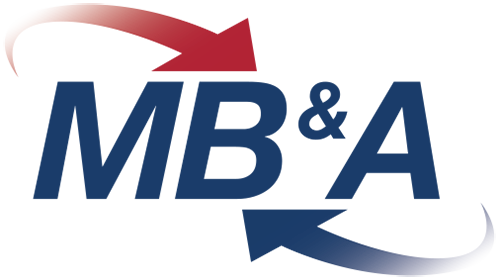At Millsapps, Ballinger & Associates, we’ve built our reputation over the past 10 years by helping our customers to gather the information they need to make strategic business decisions and improve their inspection processes. We offer everything from multi-channel data calls (through ExAM4Enteprise.com) to supporting data collection in the field using ExAM4Inspections.com.
Without question, one of our most interesting use cases has been developing our capacity to support organizational portfolio managers and their staff.
While working alongside our customers to ensure ExAM4Inspections.com met their needs, we discovered that – irrespective of the sector they worked in or their titles – most of them were managing portfolios of assets. From state and local governments to public housing authorities and governmental agencies, our customers were using ExAM to inspect their assets and were then using that information to make decisions about their portfolios.
In other words, many of these customers were not only struggling to collect data on their assets (through inspections, evaluations, and observations), but were also trying to manage the data surrounding their portfolios.
For a time, we resisted the pull of asset management. Surely, we thought, the Salesforce AppExchange must already offer something like this. However, as the years passed, we kept hearing the same things from our customers. The asset management tools that were available were too complex and not well integrated with Salesforce, or were designed with executives, rather than field users, in mind. Responding to our customers’ needs, we decided to build a light asset management app that would be Salesforce native, easy to use in the field, and fully integrated with our own capabilities around data collection, inspections, and compliance.
This was a key learning, because – while many of our customers perceived themselves as being in the facilities management business – they were actually in the business of managing portfolios for quality, cost, risk, and resourcing businesses.
Frankly, this decision making process carries significant financial implications. What’s more, managing these portfolios for both economic and service performance requires an integrated decision making environment. Whether the organization is a commercial or government entity, they often need to not only assess the conditions of their assets but also manage that portfolio across four key capability areas:
- Service Order Management/Component Replacement. Our customers need to track issues, manage task completion, fix broken items, and perform maintenance. This often includes managing and allocating spare parts, tracking materials and supplies, and managing inventories.
- Inspection and Compliance. In order to meet quality standards and maintain the condition of a portfolio of assets, it’s necessary to determine the frequency and depth of investigation that’s required.
- Economic Decision Making and Replacement. Combining objective information and observations, asset managers must determine the useful life of equipment and make repair/replacement decisions on the basis of cost, performance, and risk.
- Resource Requirements. It’s vital to appropriately staff and manage the human (and other resources) required to gather sufficient information to make sound decisions. This includes everything from supporting decision-making on crew sizes to equipment purchases.
As you can see, many of our customers have a lot more going on than what appeared at first blush. That’s why we have focused so much of our time and energy over the last few years on helping our customers to gain additional insights into their portfolios by building features and capabilities that help them to organize and service these needs.
Bearing that in mind, here’s a high-level overview of how our customers use ExAM to oversee their four key portfolio management capability areas:
- Service Order Management/Component Replacement. ExAM streamlines service order requests across channels (web, SMS) and enables total lifecycle management. Building upon this, our Asset and Inventory Management (AIM) app enables our customers to manage any asset and connect it directly to ExAM work and service orders.
- Inspection and Compliance. ExAM enables users to easily customize inspections, schedule them based on sampling requirements, and then generates compliance data collection forms through our Scheduling Wizard and ExAM Command Console features.
- Economic Decision Making and Replacement. Based on the data that is collected in ExAM, our native scoring capabilities, and throughout Salesforce-enabled business processes, we support fact-based decision making concerning the useful life of equipment.
- Resource Requirements. We enable users to track team schedules, estimate workloads (in the ExAM Scheduler), and evaluate purchasing and equipment needs, including economic factors, in our Asset and Inventory Management (AIM) app.
Of course, every new release will have enhancements and new features. The above provides an “at a glance” of the key areas of support we currently offer our facilities management and asset management customers. That said, these needs extend across a much broader set of customers, who are charged with maintaining the quality of buildings, properties, materials, equipment, and processes.
Whether you are using ExAM and Salesforce, or some other set of tools, to manage your portfolio of needs, the key capability areas outlined above represent the pillars of successful portfolio management.
To learn more about ExAM4Inspections.com asset management capabilities check out this link.




